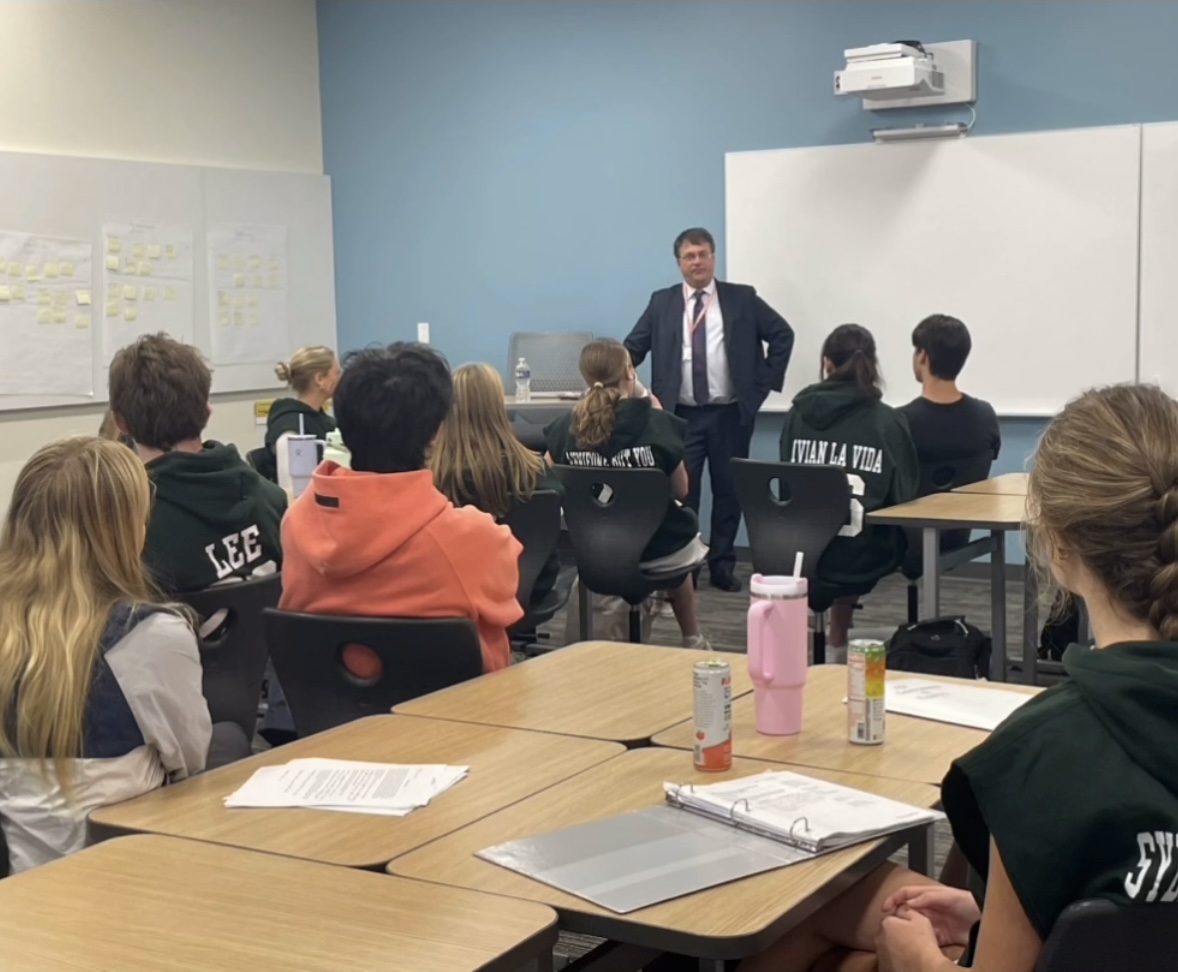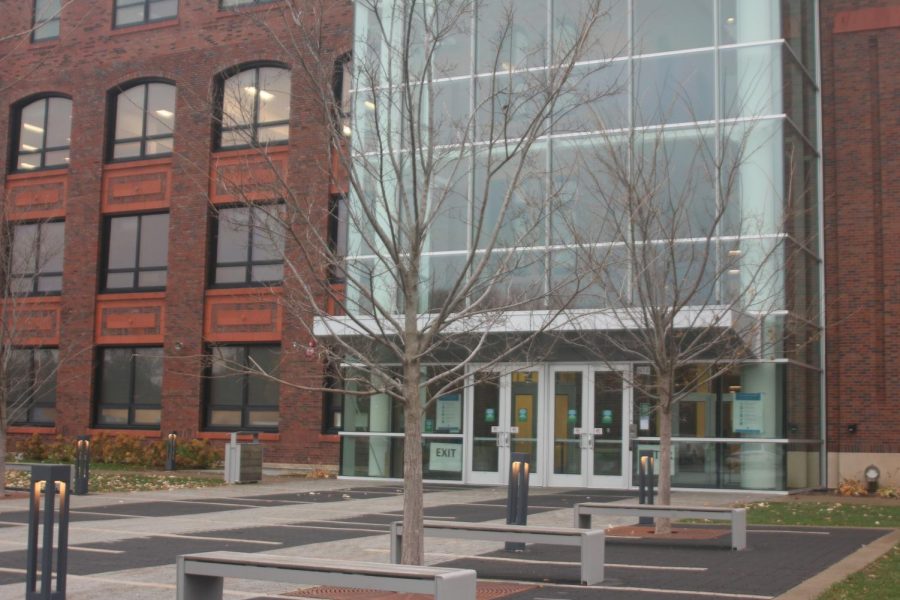Students satisfied with Support Days
A month into the new schedule, students and teachers have found benefits and challenges with the new flexibility
Sofia Ali
Student Support Days, which started at the beginning of the second semester, are generally well liked by students
Student Support Days, implemented at the beginning of the second semester for the 2021-2022 school year, have brought praise from students but also have created new issues that teachers must work through.
In an email sent to the New Trier families, Principal Denise Dubravec said that both students and parents expressed that there was not enough time to meet with teachers during the typical block rotating schedule. To remedy this, the school created Student Support Days, which would allow time within the school day for students to meet with teachers.
However, due to the shortened periods, teachers have been forced to rethink their curricula: cutting some material, spending less covering certain sections, etc.
Social studies teacher Robin Forrest said he has faced difficulties getting through all the required material for his AP Government class.
“I’m on much more of a schedule for AP as far as being able to cover a certain curriculum in a certain amount of time.” AP curriculum is more firm, with required topics to be covered, and the new schedule is forcing said teachers to think of covering the material in less time than their used to.
But, the schedule changes not only affect AP classes. Math teacher Kyle Ogrodnik said he has to think of new ways to teach the material during the shorter periods.
“I had to think of different ways to fit certain things into a unit or to get quiz and test days to fall on good days,” Ogrodnik said. But compared to AP classes, he felt he had “ample time to cover everything.”
For students, the consensus seems to be that they appreciate the flexibility in their schedules.
The majority of students use the time to study, do homework, or meet with teachers. Sophomore Emeric Koller said he has been using the time well, and he’s “talked to teachers one or two times,” and that he “like[s] to use them mostly for homework though, it’s a really useful time.”
Some students have found a use for the time as something not advertised by the administration: a break. To many students, such as junior Harry Bard, the time has allowed a period within their day to take a second away from academics.
“I use [the periods] as a break, time to unwind, time to hang out with friends, just depending on how much I have going on.”
English teacher Anthony Gudwien said that if the time is being used to help students, then it is something that is worthwhile.
“I completely understand that there are mental issues [among students], and if this is going to aid or improve mental health issues then I’m for it.”
However, Gudwien expressed skepticism that students are being honest about using their free time to benefit their mental health.
“If people are just going to leave their classes and spend forty-five minutes on social media, there could be an argument that social media is responsible for mental health issues, and it might be better for students just to be in the classroom.”








































